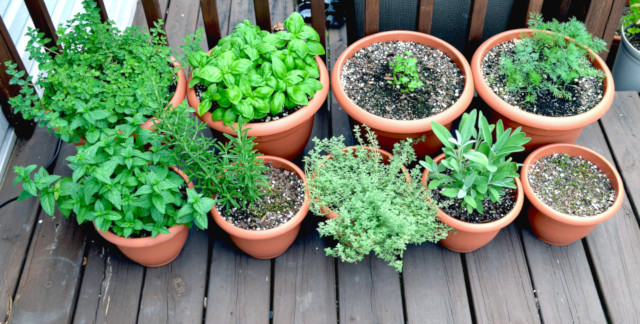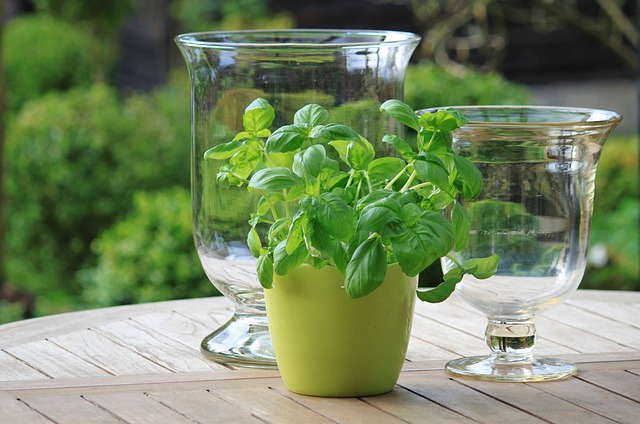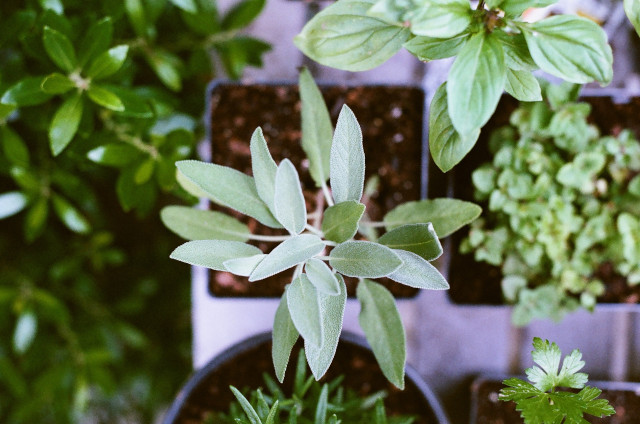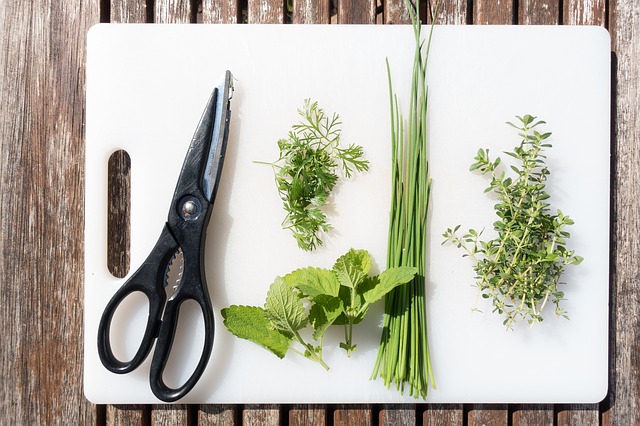Herb Garden: Tips From Planning to Harvest
If you’re a foodie, you know that there’s nothing like having the freshest herbs to accentuate a dish. So why not grow your own pinch of dill or dash of rosemary in your very own herb garden?
Plan Your Herb Garden

The first thing to consider when growing your own herbs is deciding what you’ll actually use. There’s no sense in growing a bumper crop of basil if you hate the taste. Only plant your favorite herbs in your herb garden.
Next, make sure you grow your herbs where they’re easily accessible. You don’t want to plant them on the back 40 of your property, or behind the prickly rose bush.
Most herbs need two main things: lots of sunshine and well-drained soil. We recommend you use BigYellowBag Black Garden Soil. It is a mix of black loam, peat loam, compost, and manure. It’s light and fluffy properties make it easy to work with. Loam is a soil type comprised of sand, silt, and clay in the right ratios. This way, there is a perfect balance of drainage and moisture retention. BigYellowBag Black Garden Soil is packed with essential nutrients and organic matter.
Put Your Best Foot Forward

While you can grow herbs from seed, we recommend you start with plants. This means you’ll be able to enjoy the fruits – or rather herbs – of your labor much sooner.
Some easy herbs to start with in the garden are basil, oregano, rosemary, chives, mint, sage, and dill. Once you’ve planted them, make sure your herb garden gets about 2 inches of water every week.
Whatever you plant, familiarize yourself with its growth cycle and figure out what part of the herb you want to use. If you’re after only the leaves, then earlier is better, because you’ll get the best flavor. However, if you want to harvest herbs for their flowers or seeds, you’ll have to wait until they bloom.

Harvesting in Your Herb Garden
It’s important to remember that herbs are best harvested in the morning, when the dew is still evaporating. This is when your plants will have the greatest concentration of their natural oils, giving you the best fragrance and flavor.
One of the best things about herbs is that you need to harvest often for them to grow healthier and stronger. (Kind of like when you’re pruning.) Just remember that generally you shouldn’t remove more than a third of the stem’s length at any given time. Two exceptions to this are chives and lavender – with them, you harvest the flowering stems at ground level.
When you’re cutting stems, be sure to use sharp, clean tools so your herbs will grow back healthy.

If you’re using the herbs immediately, then remove the leaves or flowers from the stem. If you’re saving them for later, leave them on. The same goes if you’re just using the herb to flavor the dish, but will be removing it before you serve it (such as with bay leaves); leaving the stem on makes them easier to take out.
The most important thing is to have fun and don’t be afraid to experiment with new flavors. Soon your herb garden will be one of your favorite things on your property!
